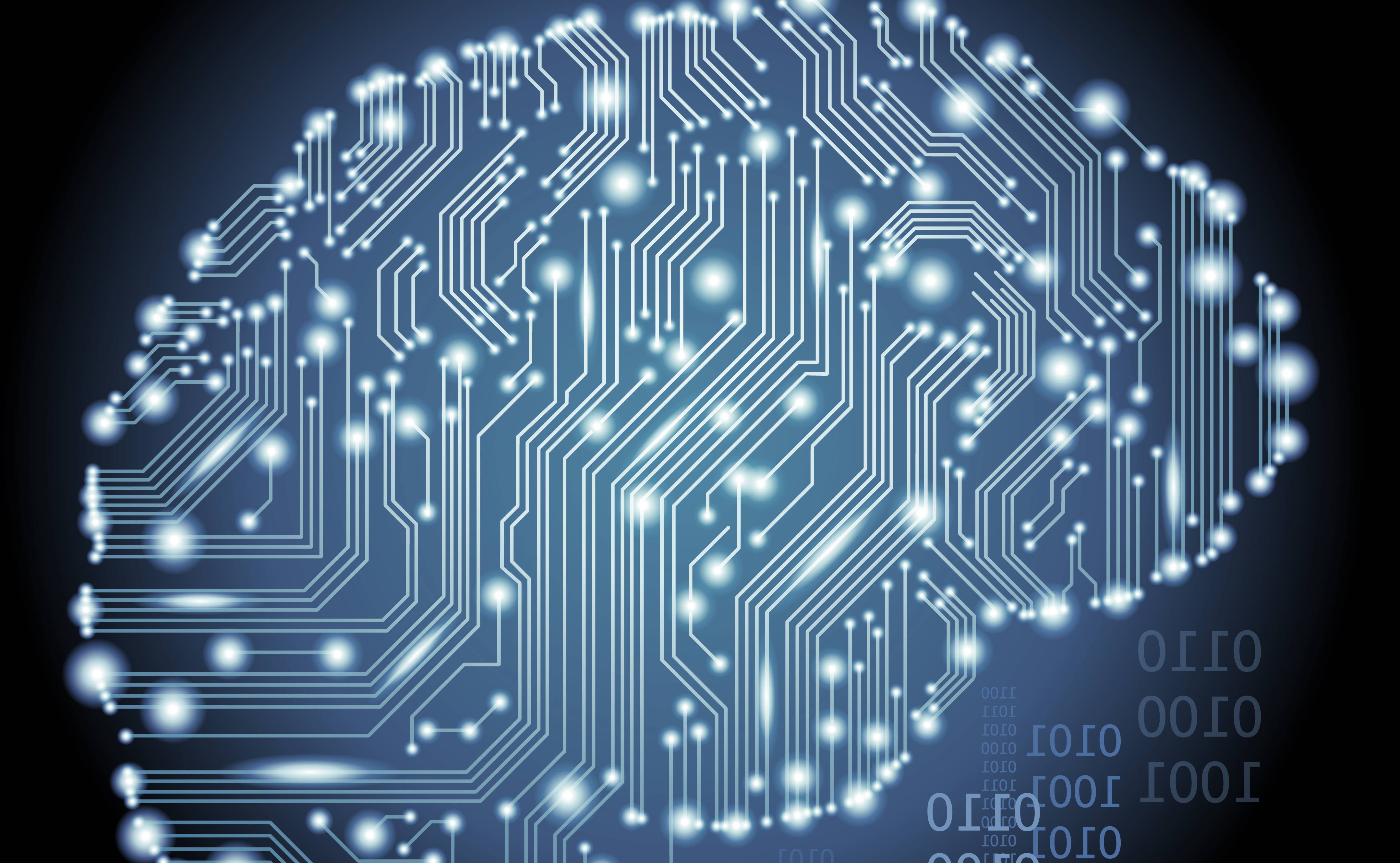Demystifying AI: What We Know About Its "Thought" Processes

Table of Contents
AI's "Thinking" is Based on Algorithms and Data
Contrary to popular imagination, AI doesn't think like humans. It operates based on sophisticated algorithms processing vast datasets. This process, while impressive, is fundamentally different from human cognition. Let's break down the key components:
-
Algorithms are sets of instructions that guide AI's actions. These instructions dictate how the AI processes data, identifies patterns, and makes decisions. The algorithm's design is critical to the AI's overall capabilities and performance. Different AI applications utilize different algorithms, tailored to specific tasks.
-
Data training is the lifeblood of AI. AI learns from massive datasets, identifying patterns and relationships within the data. The quality and quantity of this data significantly impact the accuracy and reliability of the AI's output. The process of curating, cleaning, and preparing this data – often referred to as "big data" – is a crucial step in AI development.
-
Machine learning allows AI to improve its performance over time through experience and data analysis. Machine learning algorithms enable AI systems to learn from data without explicit programming, adapting and improving their accuracy based on the data they process. This iterative learning process is central to many advanced AI applications.
-
Deep learning, a subset of machine learning, uses artificial neural networks to process complex data. These networks, inspired by the structure of the human brain, can analyze intricate patterns and relationships within large datasets, leading to highly accurate predictions and decision-making capabilities. Deep learning algorithms are particularly effective in tasks such as image recognition, natural language processing, and speech recognition. The use of deep learning algorithms is crucial for many cutting-edge AI applications.
Different Types of AI and Their "Thought" Processes
Different types of AI employ distinct approaches to problem-solving. Understanding these differences is key to appreciating the diversity of AI applications:
-
Rule-based systems: These AI systems operate by following pre-programmed rules. They are effective for tasks with clearly defined rules and limited variability. Examples include expert systems used in diagnostic tools.
-
Decision trees: These systems make decisions based on a tree-like structure of conditions and outcomes. Each branch of the tree represents a decision, leading to a final outcome. Decision trees are useful for classifying data and making predictions.
-
Neural networks: These systems mimic the human brain's structure and function, learning from data through interconnected nodes. They excel at complex pattern recognition and are a cornerstone of deep learning.
The concept of "black box" AI is crucial here. Many complex neural networks are difficult, even impossible, to interpret fully. Understanding why a particular decision was made can be challenging, raising significant issues for transparency and accountability. The field of explainable AI (XAI) is actively addressing this challenge, striving to make AI decision-making more transparent.
Limitations of AI's "Thought" Processes
Despite remarkable advancements, AI's "thought" processes have limitations:
-
Data bias: AI systems are trained on data, and if that data reflects existing societal biases, the AI will likely perpetuate and even amplify those biases. This can lead to unfair or discriminatory outcomes.
-
Lack of contextual understanding: AI often struggles with nuanced situations that require common sense reasoning. While AI can process vast amounts of information, it often lacks the broader contextual understanding that humans possess.
-
Ethical implications: The potential for unforeseen consequences from AI decisions necessitates careful consideration of ethical implications. Responsible AI development requires careful attention to potential harms and the development of safeguards to mitigate risks. AI safety research is vital in this context.
The Future of AI "Thought" Processes
Research is pushing the boundaries of AI capabilities:
-
Explainable AI (XAI): This crucial field focuses on making AI decision-making more transparent and understandable. XAI aims to open the "black box," allowing us to understand the reasoning behind AI decisions.
-
Neuro-symbolic AI: This approach combines the strengths of neural networks (pattern recognition) with symbolic reasoning (logical deduction) to create AI systems capable of more complex and human-like reasoning.
-
Future directions in AI research focus on creating more robust, ethical, and human-like AI systems. This includes addressing bias, improving transparency, and ensuring AI safety.
Conclusion:
Demystifying AI's "thought" processes reveals a fascinating blend of algorithms, data, and sophisticated computational techniques. While AI doesn't think like humans, understanding its underlying mechanisms is essential for responsible development and deployment. From addressing biases to fostering transparency, ongoing research into AI's decision-making processes will be crucial in shaping a future where AI benefits all of humanity. Continue exploring the world of AI and learn more about the complexities of its "thought" processes – your understanding of this powerful technology will only grow stronger.

Featured Posts
-
 Jeff Goldblum Explains His Input On The Flys Conclusion
Apr 29, 2025
Jeff Goldblum Explains His Input On The Flys Conclusion
Apr 29, 2025 -
 Bof A On Stock Market Valuations Why Investors Can Remain Confident
Apr 29, 2025
Bof A On Stock Market Valuations Why Investors Can Remain Confident
Apr 29, 2025 -
 Schumer Stays Put No Plans To Pass The Torch Says Senate Majority Leader
Apr 29, 2025
Schumer Stays Put No Plans To Pass The Torch Says Senate Majority Leader
Apr 29, 2025 -
 Fyrsta 100 Rafutgafan Af Porsche Macan Yfirlit Og Eiginleikar
Apr 29, 2025
Fyrsta 100 Rafutgafan Af Porsche Macan Yfirlit Og Eiginleikar
Apr 29, 2025 -
 Minnesota Immigrants Career Advancement A Study On Higher Paying Jobs
Apr 29, 2025
Minnesota Immigrants Career Advancement A Study On Higher Paying Jobs
Apr 29, 2025
